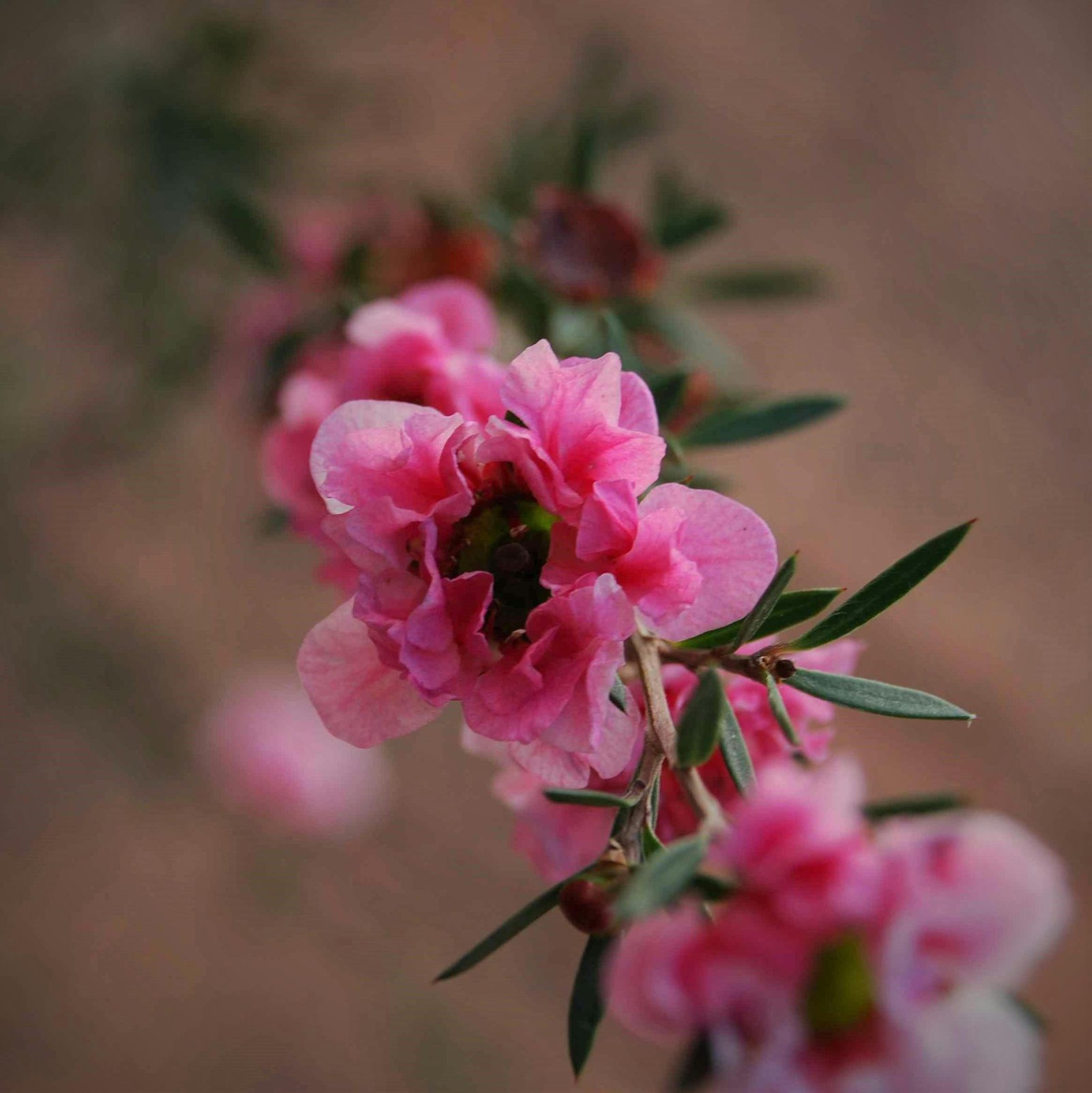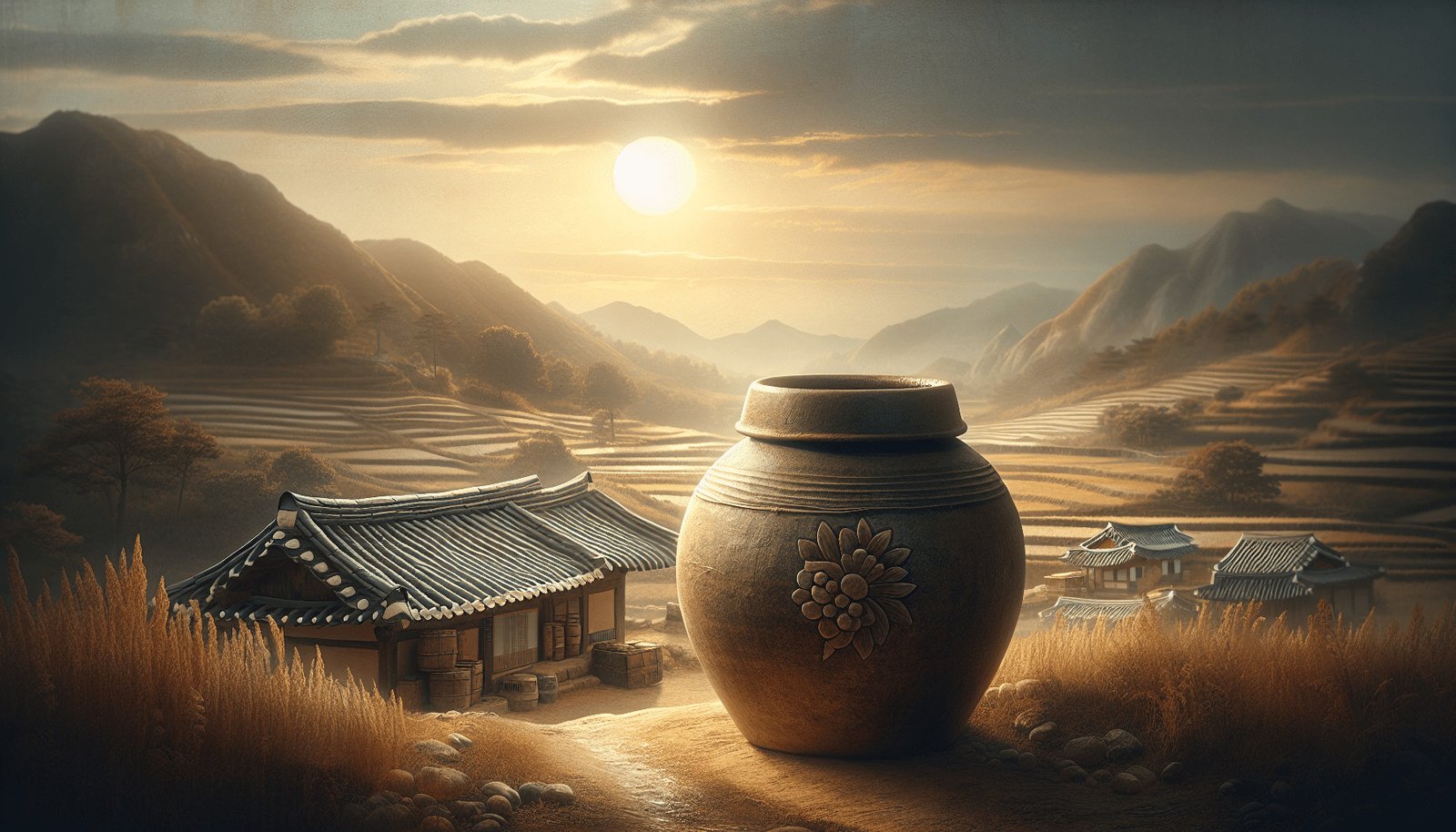Can you imagine a world without the rich tapestry of history that flavors each sip of traditional Korean alcoholic beverages? These drinks are more than just a means of celebration; they are a link to the past, a reflection of culture, and an embodiment of centuries-old traditions. Let’s take a journey into the historical significance of Korea’s traditional alcoholic beverages and discover how these drinks have been woven into the fabric of Korean life.

The Roots of Korean Alcoholic Beverages
A Historical Overview
Korean alcoholic beverages have deep roots that stretch back thousands of years. Archaeological evidence suggests that fermented alcoholic drinks were being produced on the Korean Peninsula as far back as the Three Kingdoms period (57 BC – 668 AD). The production methods and ingredients varied by region, but rice has typically been a staple ingredient, providing the base for many traditional beverages.
Cultural Significance Through Time
Throughout Korean history, alcohol has played a significant role in social, religious, and ceremonial contexts. It was used in Shamanistic rites to communicate with spirits, in Confucian rituals to honor ancestors, and as an essential part of festivities and celebrations. These practices illustrate the diverse cultural significance of alcoholic drinks in Korea, serving as a testament to their importance across centuries.
Types of Traditional Korean Alcoholic Beverages
Makgeolli: The Farmers’ Drink
Makgeolli is perhaps the most iconic traditional Korean alcoholic beverage, known as a favorite among farmers due to its affordable ingredients and refreshing taste. Made from fermented rice, it’s milky and slightly sweet, often consumed in rural Korea as an accompaniment to simple meals.
How It’s Made
The process begins with steaming rice and then fermenting it with nuruk, a fermentation starter. This process results in a low-alcohol beverage, around 6-8% ABV, full of proteins, vitamins, and fiber. The cloudy appearance comes from the rice sediment which gives makgeolli its unique texture.
Soju: The National Spirit
Soju, Korea’s most popular distilled beverage, is traditionally made from rice, wheat, or barley. Its production is believed to have started during the Goryeo Dynasty when distillation techniques were brought from Mongolia. Nowadays, sweet potatoes or tapioca are often used due to regulations during the Korean War that prohibited rice usage for alcohol.
Modern Adaptations
Soju has evolved over time, with flavored varieties becoming highly popular, appealing to younger generations and international markets. Its versatility in cocktails and mixes showcases the fusion of traditional roots with modern influences.
Jeongjong: High-Class Rice Wine
Jeongjong, also known as yakju, is a clear rice wine that once signified status and sophistication. Its production was labor-intensive, requiring high-quality ingredients and precise techniques, thus making it a luxury item often consumed during special ceremonies and offered as gifts.
Ceremonial Importance
The drink’s association with Korean courts and aristocracy made it a staple in ancestral rites and royal gatherings. It is typically served in small ceramic cups, highlighting the elegance of its presentation.

Brewing Techniques and Ingredients
Nuruk: The Magic Starter
A crucial ingredient in many Korean traditional alcoholic drinks is nuruk, a fermentation starter made from grains. It contains naturally occurring yeasts and molds that kickstart the fermentation process, introducing a distinct flavor profile to the brew.
Traditional vs. Modern Nuruk
Historically, nuruk was handmade, varying significantly between regions, giving each area’s beverages a unique taste. Modern production has standardized nuruk to some extent, but traditional methods persist among enthusiasts and small manufacturers.
Rice and Grain Varieties
Rice, the backbone of Korean alcohol, varies in type and quality, impacting the final flavor of the beverage. Sticky rice, brown rice, and other grains like barley and millet offer diverse textures and tastes.
The Role of Climate
Korea’s diverse climate conditions, with cold winters and hot, humid summers, play a crucial role in the fermentation process, influencing the development of flavors and the choice of ingredients in different regions.

Cultural Practices and Traditions
Alcohol in Rituals and Celebrations
In Korea, alcohol is not merely for enjoyment but is imbued with cultural and spiritual meanings, used in rituals to honor ancestors and gods. These ceremonies often involve the pouring of alcohol as an offering, symbolizing respect and reverence.
The Symbolism of Offerings
Alcohol offerings in rituals are seen as mediators between the living and the spiritual world, believed to facilitate communication and bring blessings.
Drinking Etiquette
Korean drinking culture is rich with etiquette. Sharing a drink involves various customs, such as using both hands to pour and receive drinks, emphasizing respect and hierarchy within social gatherings.
Respect and Hierarchy
The way you serve and consume alcohol in Korea is laden with cultural significance, reflecting the values of respect and social order. Traditionally, younger people pour drinks for their elders, and it’s considered polite to turn away slightly when drinking in front of seniors.

Economic and Social Impact
Influence on the Economy
The production and consumption of traditional alcoholic beverages are significant to Korea’s economy. They not only support agricultural industries by creating demand for rice and other grains but also stimulate tourism and export markets with increasing interest in Korean culture worldwide.
Export Markets and Global Reach
Korean alcoholic beverages like soju and makgeolli have gained international popularity, appearing in supermarkets and restaurants across the globe. This global reach has opened new markets and expanded the influence of Korean culture.
Social Aspects
These drinks play a key role in social bonding, often shared during gatherings that foster community and friendship. Whether celebrating life events or simply unwinding after a long day, traditional Korean alcoholic beverages create an atmosphere of warmth and connection.
The Rise of Craft and Fusion
The current trend towards craft and fusion alcohols has brought traditional Korean beverages to the forefront. Artisanal producers are experimenting with flavors and ingredients, catering to diverse tastes and marrying tradition with innovation.

Conclusion
Traditional Korean alcoholic beverages are more than just drinks; they are a gateway to understanding centuries of Korean culture and history. With each sip, you take part in a rich tradition that has been central to community life, religious ceremonies, and personal enjoyment for generations. From rural makgeolli to sophisticated soju, these beverages are symbols of Korea’s unique heritage and cultural pride. As you ponder the significance of these drinks within Korean society, consider how each type connects you to stories from the past, enriching your appreciation for this fascinating country and its traditions.
